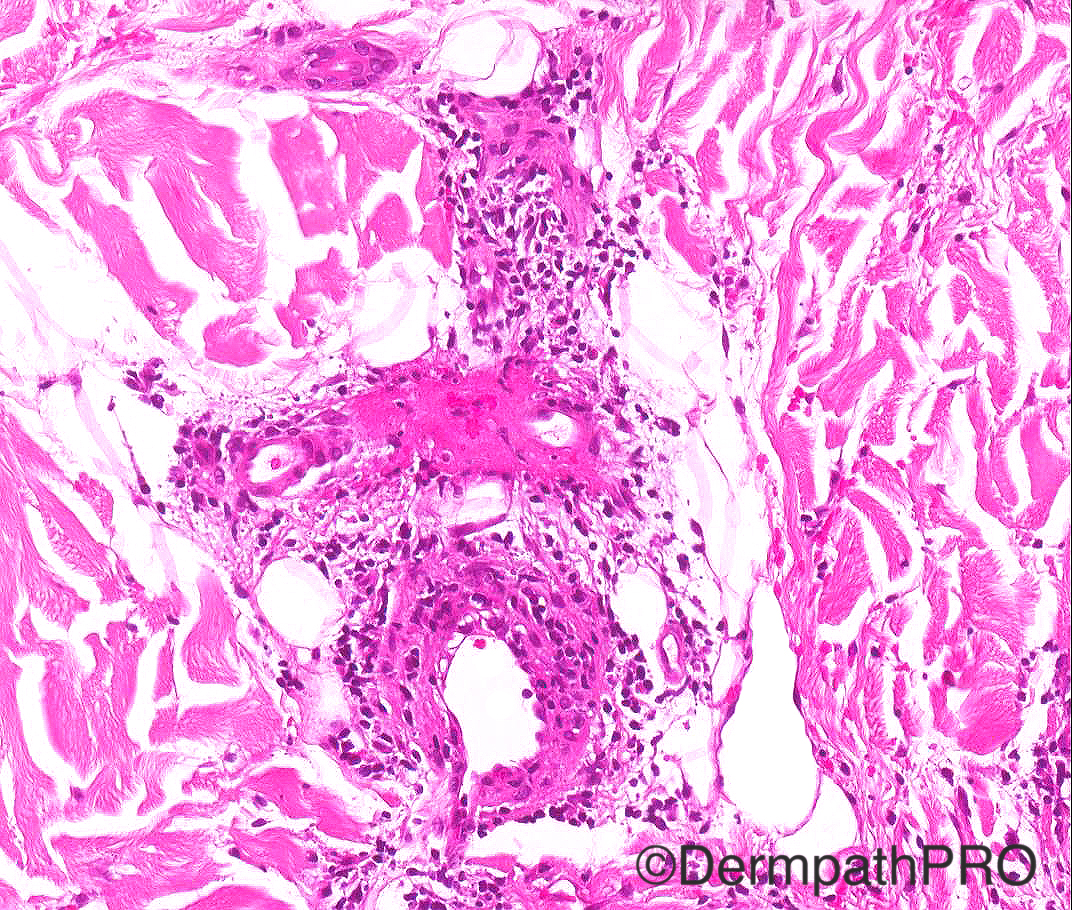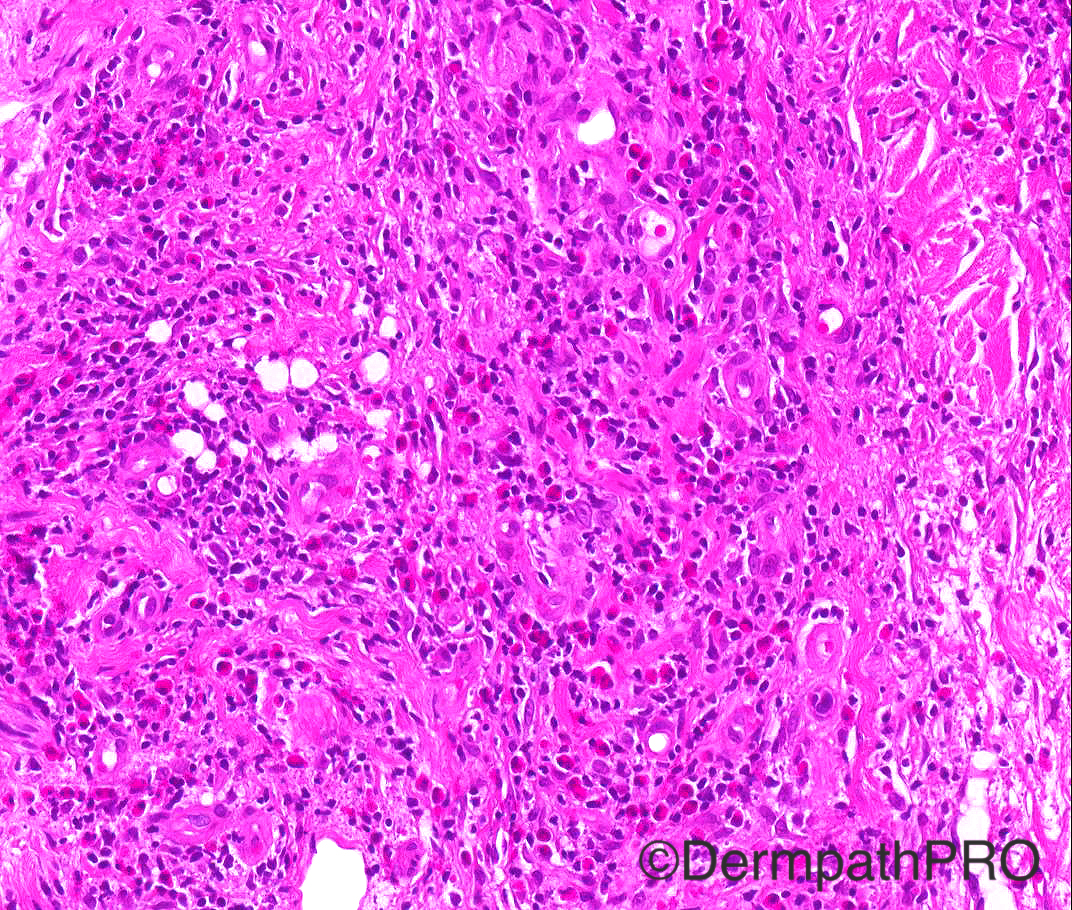Case Number : Case 1411- 19 November Posted By: Guest
Please read the clinical history and view the images by clicking on them before you proffer your diagnosis.
Submitted Date :
Case History: 71/M with a 4 year history of intermittent necrotic and purpuric blisters on extremities and increasing dyspnoea.
Case posted by Dr Arti Bakshi
Case posted by Dr Arti Bakshi





Join the conversation
You can post now and register later. If you have an account, sign in now to post with your account.